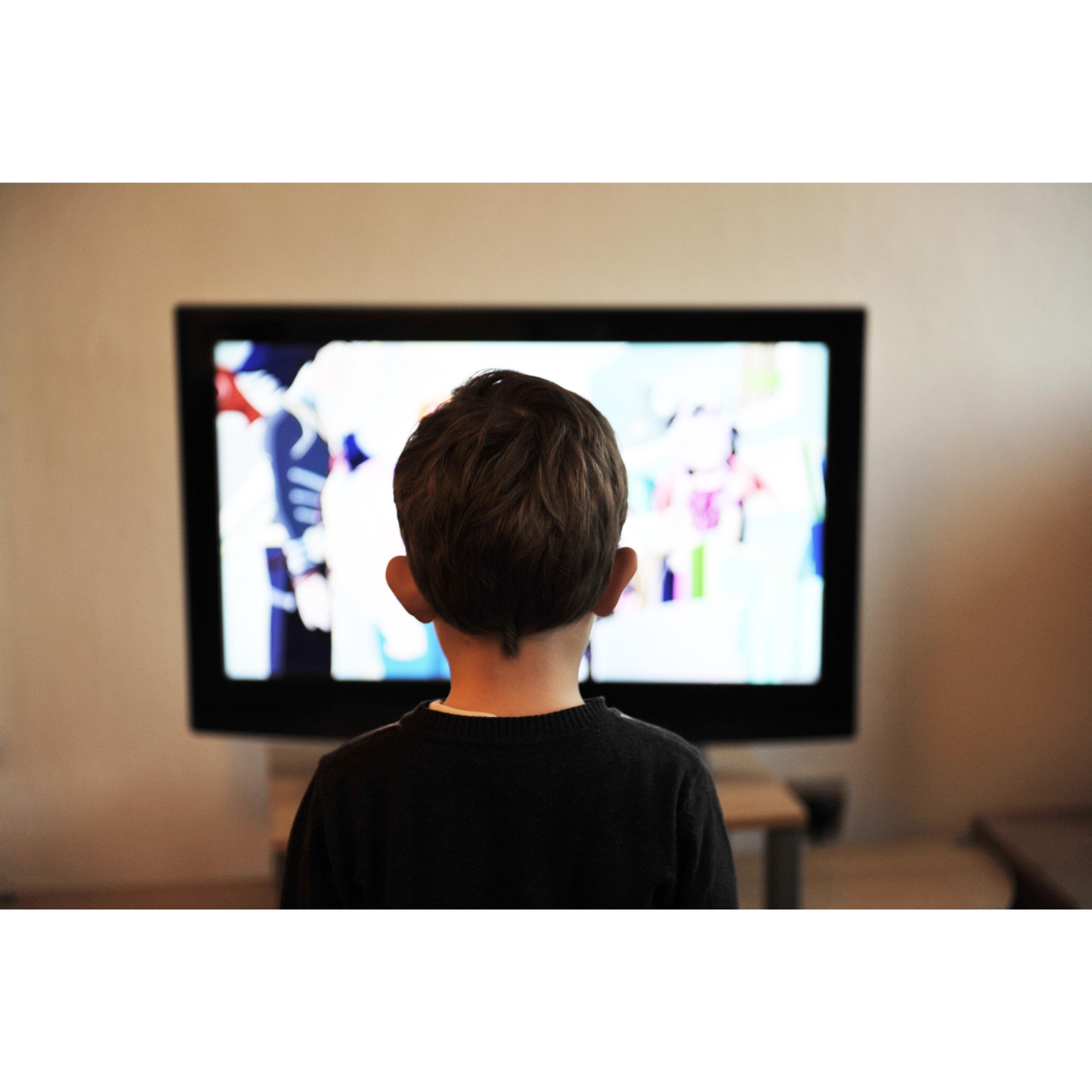After School Meltdowns, Bad Moods and Withdrawal Behaviors
"The comforts of home can trigger the need to let go of the stored up stress, frustration and other strong emotions."
Does your child cry, whine, have a bad attitude, throw tantrums or withdraw after school? Does the teacher deny your child struggling during the school day? If this sounds familiar, you most likely have a child who is experiencing “after-school restraint collapse.”
After-school restraint collapse (most common for ages 12 and under) is when children can no longer keep it together once they’ve left the school environment. The comforts of home can trigger the need to let go of the stored up stress, frustration and other strong emotions.
During school hours, your child has to maintain self-control and follow school rules for many hours. Their day is full of physical, mental, emotional, and social stimulation. A single day can be learning new academics, following class rules and learning the “expected” behaviors, to having social conflicts with friends. Although children are aware of the school expectations of behavior, conduct, and rules; holding it together to remember those expectations and self-regulate takes a great deal of energy. All of this leads to being mentally draining and physically exhausted! This is tough for some children and most children don’t know how to decompress in a productive, positive way. These children no longer have the energy to keep up, and it feels like a big bubble that needs to pop.
If you believe you have a child experiencing after-school restraint collapse, below are some things you can try. Not all children are the same, it may take several tries, and you may need to pick a couple to find what works best for your child’s personality.
Alone time: Some children need time in their room or in the car after school to relax and unwind. They can color, listen to music, read a book or just lay/sit still and listen to the sounds around them. If your child is agitated upon entering the car, I recommend disconnecting from the cell phone and asking questions about their day. These things can be done later after your child has time to calm. This also gives the parent the opportunity to show the are supportive and ready to listen if the child wants to share.
Physical activity: Some children need physical activity (riding a bike, running in the yard, kicking a ball). Physical activity can relieve stress and helps cope with emotional challenges.
Healthy snacks: Typically, children are very hungry once school is out. Select several healthy snacks with protein and low sugar such as apples and peanut butter, cheese sticks or trail mix to help restore some energy.
Limit after-school activities and play dates: Consider scheduling these activities on the weekend.
If you’ve had feelings of defeat or loss with these behaviors from your child, remember, your child is using a lot of energy to stay attentive and learn at school. Your child is trusting you and they feel safe to let go of their emotions and feelings. You can help them communicate better by simply practicing “I feel” statements, on a regular basis. Especially, when they are in a calm state. By practicing when calm, makes it easier for them to self-regulate and effectively communicate when they are stressed or need to take a break. This is something everyone in the family practice together.
“I feel _______________________ because ___________”
(happy, sad, mad, angry, excited) (I helped, the assignment was hard, felt left out)
Lori Cull-Deshmukh, LMSW, CPT
Child and Family Therapist
MORE BY LORI











